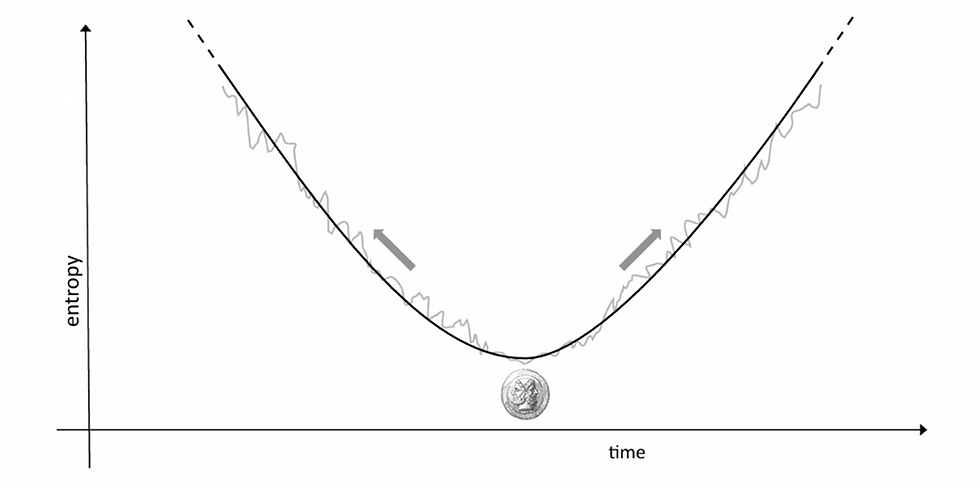An Idea On Improving Take-Off Efficiency Of Commercial Airplanes
- JYP Admin

- Jul 1, 2020
- 4 min read
Updated: Oct 8, 2023
Author: Arpan Dey

[Wikimedia Commons. https://upload.wikimedia.org/wikipedia/commons/2/28/Airbus_A-350_XWB_F-WWYB_nose_cone.jpg.]
Once, when I was young, I had the opportunity to travel by air. It was a medical emergency, and I had to go for treatment. I was, from then on, fascinated by airplanes. I used to study not just the technical details, but also about the histories of companies like Boeing and Airbus.
It was a domestic flight, but the experience was enough to mesmerize me. I have had the chance to travel by air quite a few times, after that. Soon enough, I was an aviation geek, and could distinguish, say, a 737-700 from a 737-800. I could even reproduce a near-exact copy of any airplane’s wings, with the exact layout of slats, flaps, ailerons and spoilers. However, practical innovation was not something I have been good at. To be honest, I felt more comfortable with logical arguments, theoretical calculations and philosophical paradoxes. Yet I was inspired by the pioneers of aviation, who have brought the technology from the Wright brothers’ Flyer 1 to the A380. However, I was always horrified by runway-overruns, and that type of disaster. I wondered what technology would have allowed KLM’s huge 747 to lift off just a few seconds earlier, to not collide into the Pan Am 747, to prevent the world’s deadliest air crash – the Tenerife disaster. Ironically, I got this idea in March itself; that is the month, on 27th of which, in 1977, the Tenerife disaster occurred. The idea is nothing too innovative or unique, and not an entirely new idea after all.
An airplane is not just a complex machine with millions of parts; it is also one of the most sensitive machines out there, with a lot of moving surfaces – a slight change in which can create a drastic outcome. An airplane flies by manipulating, with the help of movable control surfaces, the flow of air around it. The wing is designed such that the air above the wing would flow faster that the air below, and thus create a region of low air pressure above the wings – thus generating a lift force upward.
The design proposed in this article, has been referred to, as the “Ele-wing” design. The term “Ele-wing” is meant to be a combination of the words – “elevator” and “wing”, that is, a design on the wing, that would perform the function of the elevator, too. The Ele-wing design is basically a design tweak that could be introduced in airplanes to maximize take-off performance and/or pitch performance.
In this model, a proposed downward-movable control surface (say, “Ele-wing”) is added under the portion of the airplane’s main wing (the portion nearest to the fuselage). The Ele-wing should be added such that it can fold right inside the wings and does not, in the slightest, affect the smooth airfoil surface of the wings. The major concern is that such a design would considerably affect the fuel capacity as the fuel, in most planes, is stored inside the main wings. However, though costly, the fuel could be stored inside the Ele-wing too, and the joining point between the main wings and the Ele-wing (that is, the pivot) could serve as the fuel pipe from the Ele-wing to the wings, and to the engines. The design is more efficient if the airplane has a wider wing surface. For instance, in this case, the Airbus A380 would stand a greater advantage than airplanes like the Boeing 737, with relatively thinner wings. The Ele-wing need not be too thick, but should span a huge area. During the take-off roll, on reaching VR speed, the Ele-wing surface can be moved down to increase the lift at the forward edge of the wing. A cautiously-engineered sudden movement of the Ele-wing could, reasonably, provide enough lift force to the aircraft so that it can break ground without activating the elevators. While the inconvenience and cost of installing such a structure in a commercial airplane seems formidable, it can come in handy in case of malfunctioning elevators, as well as it can help in in-air maneuvers during rough weather conditions. However, the most important use of the Ele-wing design is of course the fact that, if activated along with the elevators, it could decrease take-off space and/or increase maximum take-off weight of any airplane considerably. And at times, this becomes more economical, even if it means installing an entirely-new structure in the wings. In case of short runways or other emergency situations, the airplane, already at take-off roll, that is, V1 speed, could easily take-off even below VR speed rather than abort the entire procedure (which at times becomes impossible). In this way, accidents like runway overruns during take-offs etc.. could be reduced. It may prove effective in controlling turbulence, and with a balanced connection to the lift spoilers on the wings, the horizontal stabilizers may not need any movable surfaces at all. (However, the horizontal stabilizers must be present anyway, for in-air stability.) This design might be useful because the chances of malfunctioning of the main wings are much less as compared to that of the elevators. As of now, this idea could be experimentally tested on a cheaper model.

Check out the full article here: https://zenodo.org/record/8284591

.png)




Comments